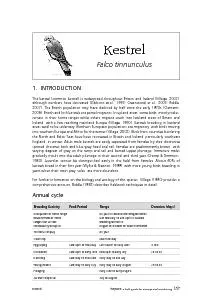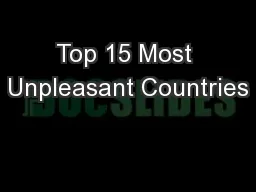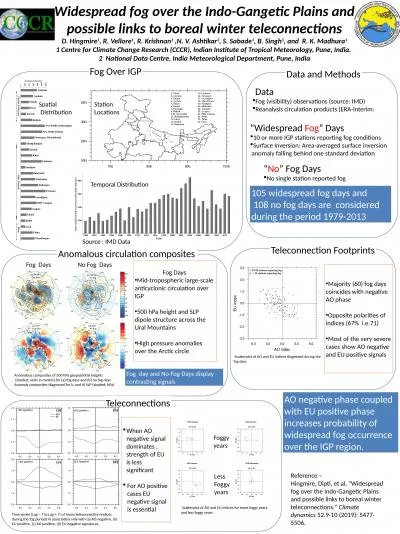PDF-The kestrel (common kestrel) is widespread throughout Britain and Irel
Author : luanne-stotts | Published Date : 2015-08-21
Raptors Peak PeriodRangeestablishment of home ranges that are not late February to late April in vacated Territorial displayLate April to midMayLate March to early
Presentation Embed Code
Download Presentation
Download Presentation The PPT/PDF document "The kestrel (common kestrel) is widespre..." is the property of its rightful owner. Permission is granted to download and print the materials on this website for personal, non-commercial use only, and to display it on your personal computer provided you do not modify the materials and that you retain all copyright notices contained in the materials. By downloading content from our website, you accept the terms of this agreement.
The kestrel (common kestrel) is widespread throughout Britain and Irel: Transcript
Download Rules Of Document
"The kestrel (common kestrel) is widespread throughout Britain and Irel"The content belongs to its owner. You may download and print it for personal use, without modification, and keep all copyright notices. By downloading, you agree to these terms.
Related Documents














